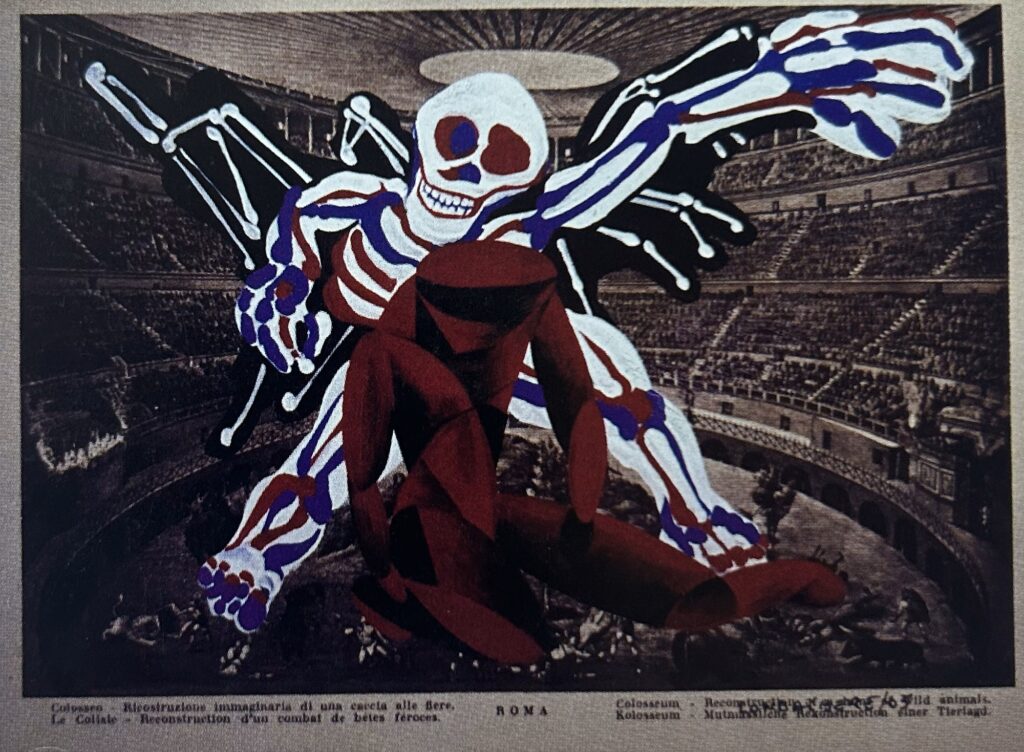Lapiz
Alfredo Londaibere
Borges Cultural Center (Buenos Aires). No. 217 – November 2005.

Alfredo Londaibere’s exhibition is the result of a project started ten years ago, during the scholarship for the production of objets d’art and sculptures with Pablo Suárez and Luis Benedit, awarded by the Fundación Antorchas. It consists of eleven objects in methacrylate boxes, like lanterns, made of plaster, anodized aluminum and oil on wood. Londaibere has the talent of being able to switch from tempera to watercolors, and from that to collages with photographs and objects, without leaving aside his activity as a teacher, cultural manager and curator – up until a few years ago- of the Ricardo Rojas Cultural Center after Gumier Maier. However, all his movements revolve around a leitmotif: the idea of art as a spiritual journey. He follows the guidelines of the Bauhaus freely and the interest for the Orient, interest shared with great masters such as Itten and Xul Solar. In this series, there is a direct nod to the concepts that gave rise to modern sculpture, with the ideas of rhythm, balance and space, which are visualized in the aluminum wires that frame each figure. They are scenes where situations occur using modules that are reiterated in a similar way, without following the idea of a minimalist series. On the contrary, the artist creates each module in an almost handmade way using plaster casts and a subtle polychromy with gouaches of tempera. Each plaster object is like a totem that marks a specific place in the never ending chain of destiny. The pieces are placed on a painted wooden base that resembles a board game, with intersecting lines marking each possible move as in an astral card. The artist refers to his work as “the evocation of ruins and weeds as a symbol of the transmutation of vital cycles”. And the supporting surface marks, in his words, “the spatial displacements, the terrestrial and the cardinal points”. These images suggest tension and poetry, evading verbal language, description, leaving the viewer’s gaze to be the certain evidence, together with memory and recollection, of the existence of these works.
BY LAURA BATKIS
